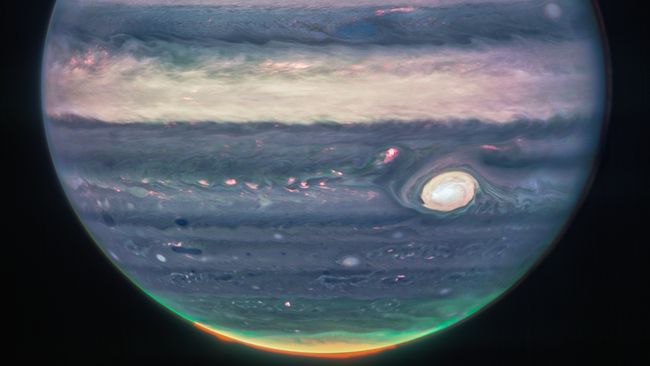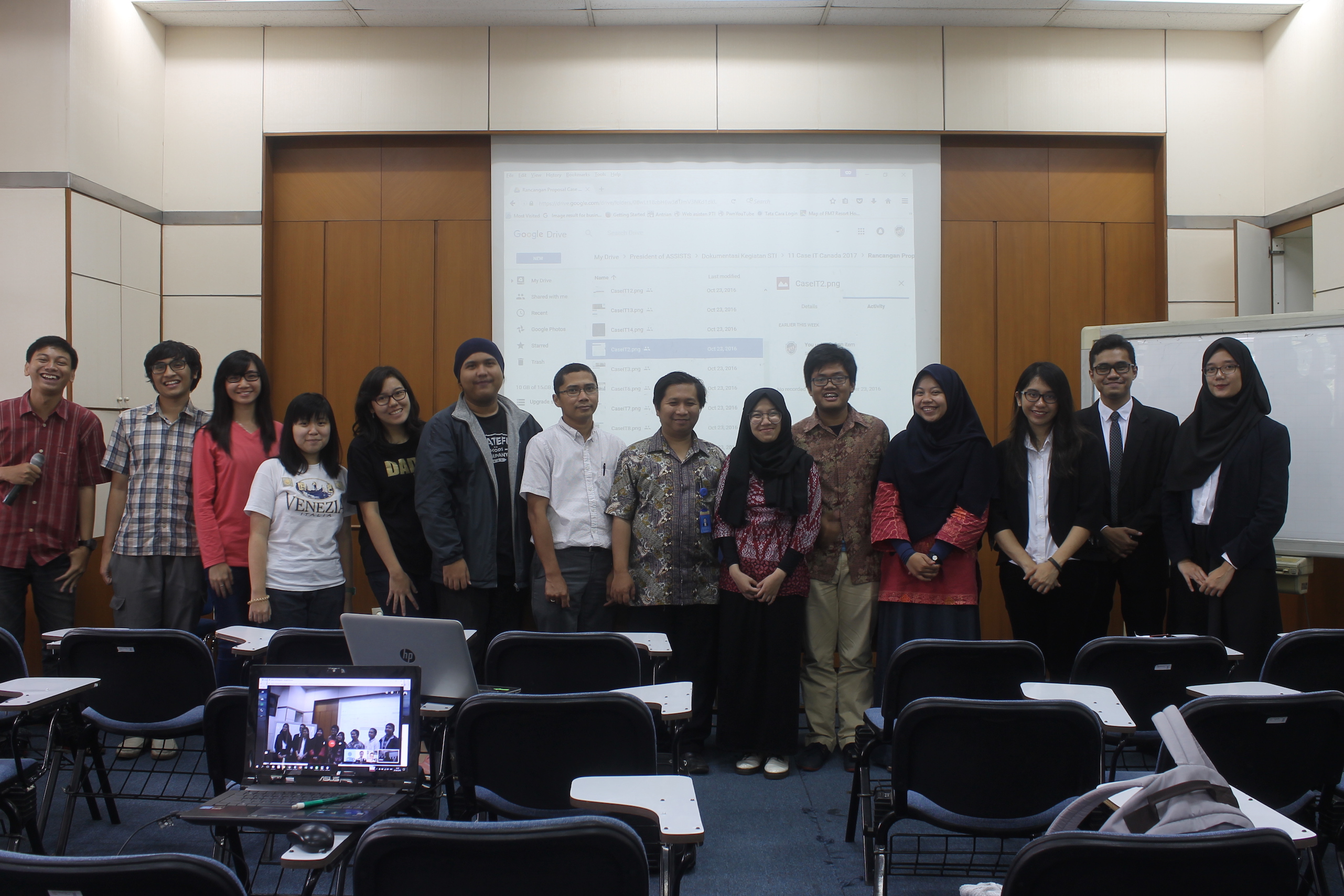James Webb Space Telescope (JWST) recently captured images of the aurora while photographing the largest planet in the solar system, Jupiter.
Moreover, the Webb Telescope belonging to the United States Aeronautics and Space Agency (NASA) also found various natural conditions on Jupiter, ranging from giant storms, strong winds, extreme temperatures and high pressures.
The latest images captured by NASA’s most advanced telescope would provide many clues to the mysteries inside this gas giant planet.
“To be honest, we didn’t really expect it to be this good,” said Imke de Pater, planetary astronomer and professor emeritus at the University of California, Berkeley.
Reported on the site NasaDe Pater led the observations of Jupiter with Thierry Fouchet, professor at the Paris Observatory, as part of an international collaboration for the Webb Early Release Science program.
Webb is an international mission led by NASA with partners like the European Space Agency (ESA) and the Canadian Space Agency (CSA).
“It’s amazing that we can see the details of Jupiter with its rings, its tiny satellites and even its galaxies in a single image,” said De Pater.
The two images captured by the Webb Telescope come from the observatory’s near-infrared camera (NIRCam), which has three special infrared filters that show detail about the planet.
Since infrared light is invisible to the human eye, the light is converted by the camera into the visible spectrum. Generally, longer wavelengths appear redder and shorter wavelengths appear bluer.
Once converted, the scientists then worked with resident scientist Judy Schmidt to translate the Webb data into images.
|
Recent photos of Jupiter taken by the James Webb Telescope. (NASA)
|
In this image created by combining multiple Webb images, Jupiter’s aurora extends higher and higher above Jupiter’s north and south poles.
The aurora shines in the filter which is converted to a redder color. This color of light is also produced from the reflection of lower clouds and upper fog.
Meanwhile, other parts show yellow and green colors that indicate fog is swirling around the north and south poles. Next, the third section is mapped in blue, showing light reflected from the deeper main cloud.
(lom/fea)

“Evil pop culture fanatic. Extreme bacon geek. Food junkie. Thinker. Hipster-friendly travel nerd. Coffee buff.”







